carbon reduction of pper ore r
2023-12-29T11:12:19+00:00
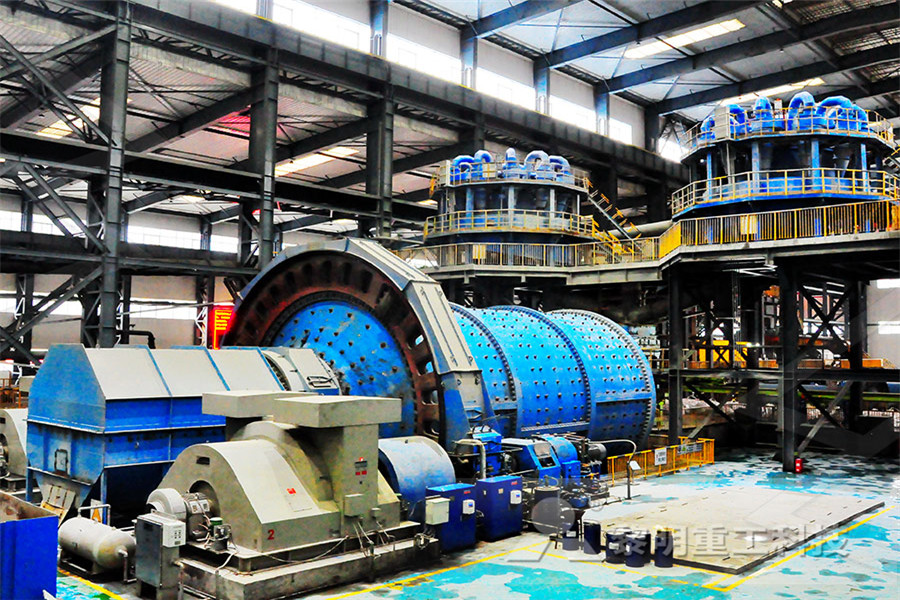
Carbon Reduction Of Copper Ore soby
Carbon Reduction Of Copper Ore Chemistry Materials Science Duda 06 Copper Metal From This lab extracts the copper from an ore with the mineral malachite, basically copper carbonate hydroxide Cu 2CO 3OH 2, as people may have done it, more primitively, at the beginning of the copper age, about 4000 BCE10/09/2020 Skarn Associates is pleased to announce the first release of its Carbon Emission Curves for the mining industry These curves and underlying minebymine data are available for iron ore, copper Carbon emission curves for iron ore, copper, met coal and Now, researchers at the Department of Energy’s National Energy Technology Laboratory (NETL) believe copper may play an important role in combatting climate change When used as a part of a promising coal combustion technology known as chemical looping, copper can help economically remove carbon dioxide (CO2) from fossil fuel emissionsResearchers Uncover Copper’s Potential for Reducing CO2
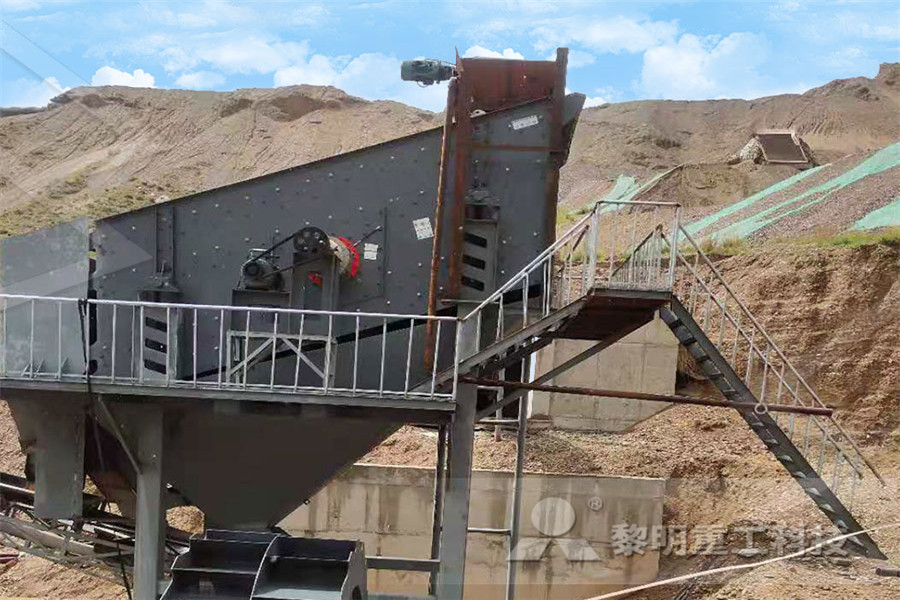
Pathways towards zeroemission copper mines
28/06/2020 Based on a literature review, the report concludes that the average energy intensity and GHG intensity is 26 t CO2eq per tonne of copper produced, a ABSTRACT As a renewable resource of reducer, biochar prepared by pine sawdust is proposed for direct reduction of copper slag in this paper Combined with thermodynamic analysis, effects of reduction time, temperature and CaO addition ratio on solid copper slag reduction characteristics are discussed The oxides of iron in copper slag are Fe3O4 and 2FeOSiO2Direct reduction of copper slagcarbon composite pellets Abstract Contrary to the poor performance of the pristine (bare) copper(I) oxide (electrodeposited) photocathode, the visiblelightilluminated photoelectrochemical reduction of carbon dioxide has been successfully performed using the oligoanilinestabilized ptype Cu2Osemiconductor (deposited onto the transparent fluorinedoped conducting glass electrode)Reduction of carbon dioxide at copper(I) oxide
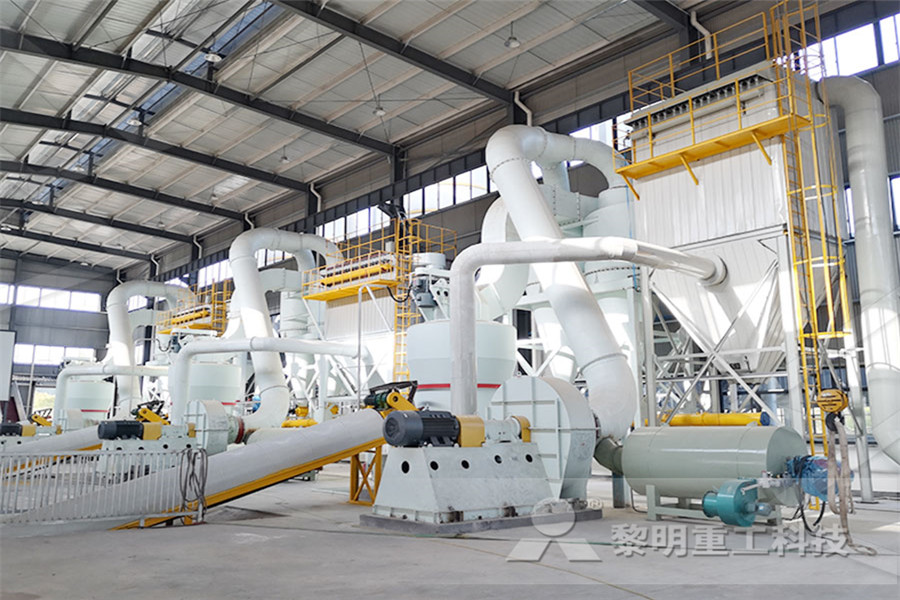
Extracting iron and copper Reactions of metals AQA
Copper mostly occurs as sulfide ores, which are heated in air to convert them to copper (II) oxide Molten copper can be produced from copper The reactions confirm the place of carbon in the reactivity series, above lead and copper, as it reduces the metal oxides to the metals and is itself oxidised to carbon dioxide: CuO (s) + C (s) → Cu (s) + CO 2 (g) and PbO (s) + C (s) → Pb (s) + CO 2 (g)Extracting metals with charcoal Experiment RSC EducationWhen copper ore is mixed with silica, in a reverberatory furnace copper matte is produced The copper matte contains (i) sulphides of copper (II) and iron (II) ∆G value for the overall reduction reaction with carbon monoxide is zero (ii) ∆G value for the overall reduction reaction with a mixture of 1 mol carbonCarbon Reduction Of Copper Ore reseaudouleurfcfr
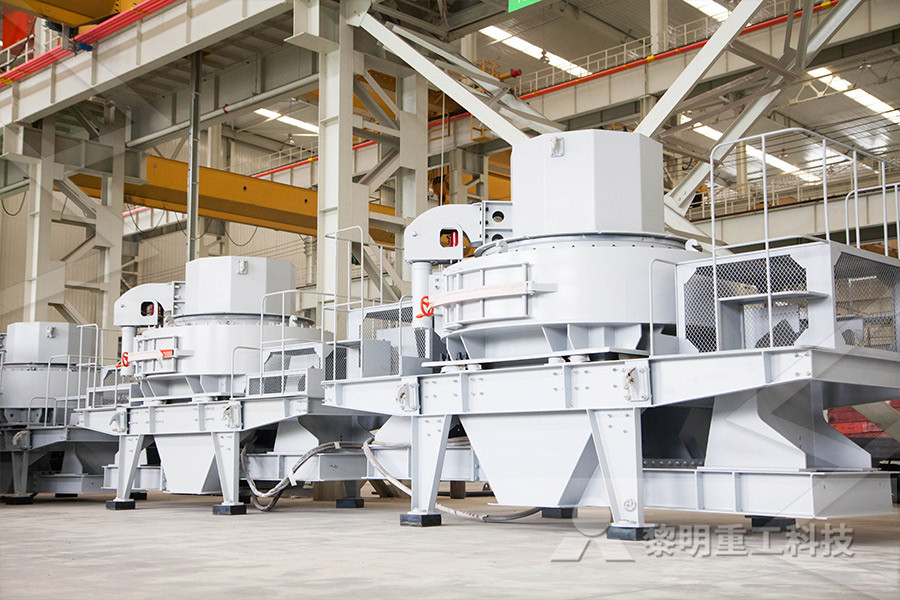
Creating the zerocarbon mine McKinsey
29/06/2021 The following analysis is focused on the mining of metals (copper, gold, iron ore, and so on) and excludes coal and fugitive methane Breakdown of current mining emissions Emissions within mining can be broken down into three broad types: Scope 1 (emissions from diesel), Scope 2 (emissions from electricity generation), and Scope 3 (emissions from the an 80% reduction from the 2000 level by 2050 For the copper sector, this means moving from about 126 Mt CO2e in 2000 to a goal of some 252 Mt CO2e in 2050 (assuming equal emissions reductions across the economy) Based on the energy sources modelled, only the solar thermal plus biodiesel scenario was capable of achieving this goal at about 015 Mt CO2e, since the 112 Future Greenhouse Gas Emissions from Copper03/02/2020 For copper mining, fuel consumption increased by 130% and electricity consumption increased by 32% per unit of mined copper in Chile from 2001 to 2017, largely due to decreasing ore grade This Transparency on greenhouse gas Nature Geoscience
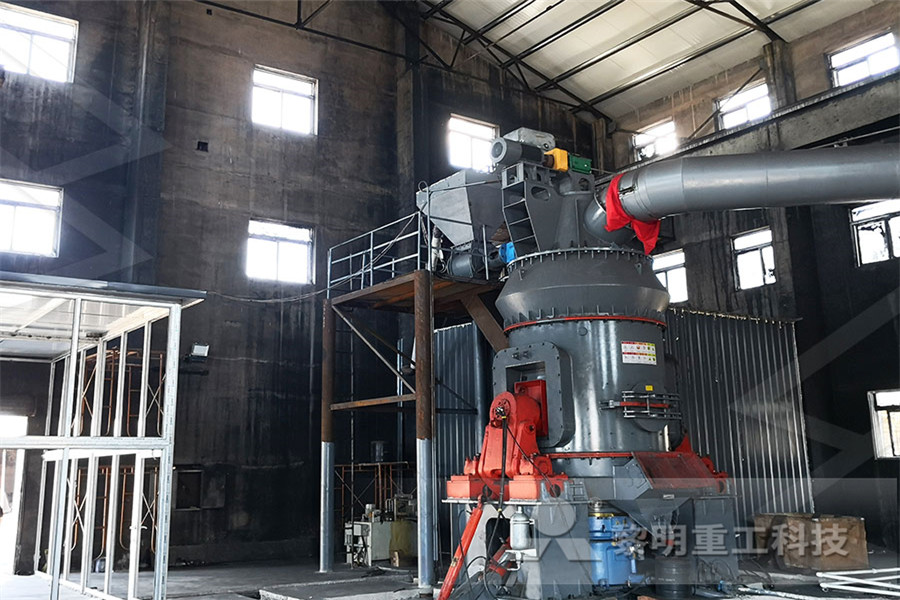
Climate Change Rio Tinto
We will align our capital expenditure plans with our longterm carbon emissions reduction targets, which are in line with the Paris Agreement’s objective of limiting global warming to 15°C Having divested the last of our coal businesses in 2018, we are orienting our growth capex towards materials that enable the energy transition, including copper, lithium and highgrade Hint: We know that sulphide ore of less electropositive metals such as copper, mercury and lead etc can be reduced to oxide when heated in air, which later on reacts with remaining sulphide ore to give metals Carbon can be used as a reducing agent for metal oxides as carbon is more active than any transition metals Aluminum and iron are more electropositive metals than lead Which of the following metals can be reduced by carbon Step 2 using carbon to displace lead from lead(II) sulfide PbO + C → Pb + CO a) Gelana is an ore of lead What is an ore? rock containing compound(s) from which metal can be extracted for profit b) Why does carbon displace lead in step 2? carbon is more reactive than lead c) Explain why the lead(II) oxide is reduced in step 2 loses oxygen d) Explain clearly why step 2 is a METAL EXTRACTION 2 MY SITE
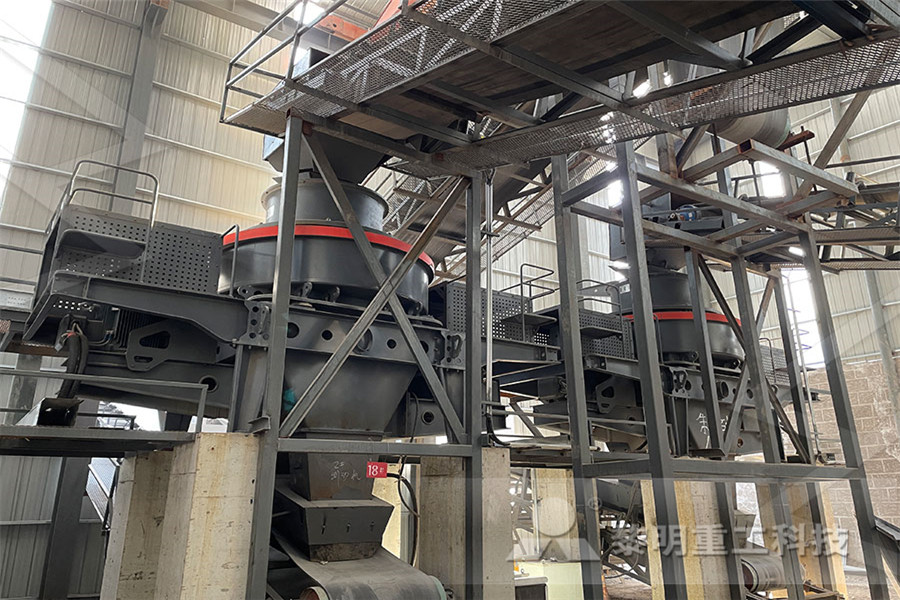
copper extraction and purification chemguide
This page looks at the extraction of copper from its ores, its purification by electrolysis, and some of its uses Before you get too bogged down in the extraction of copper, make sure that you need it for whatever syllabus you are using Extracting copper from its ores The method used to extract copper from its ores depends on the nature of the ore Sulphide ores such as Reduction of ores was carried out in crucibles as exemplified by finds from Anatolia, Iran, Jordan, and the Iberian Peninsula Special attention is paid to the putative early stages of metallurgy claimed to exist at Timna The socalled Neolithic and Chalcolithic copper smelting there is critically discussed in the light of radio carbon data Windpowered furnaces played a major From Hearth to Furnace : Evidences for the Earliest Metal Copper From Beginning to End Copper is a major metal and an essential element used by man It is found in ore deposits around the world It is also the oldest metal known to man and was first discovered and used about 10,000 years ago And as alloyed in bronze (coppertin alloy) about 3000 BC, was the first engineering material known to manFrom Ore to Finished Product Copper
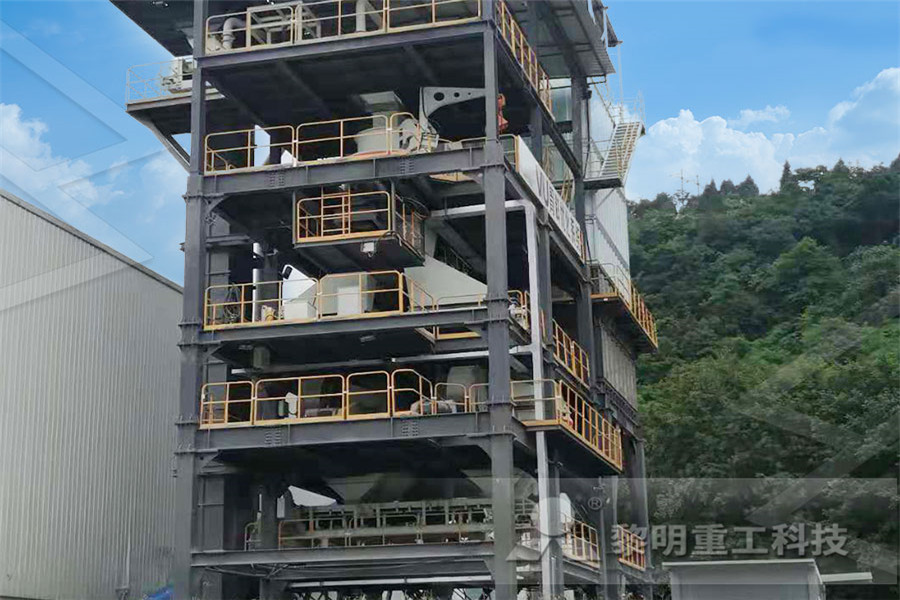
Carbon Reduction Of Copper Ore reseaudouleurfcfr
When copper ore is mixed with silica, in a reverberatory furnace copper matte is produced The copper matte contains (i) sulphides of copper (II) and iron (II) ∆G value for the overall reduction reaction with carbon monoxide is zero (ii) ∆G value for the overall reduction reaction with a mixture of 1 mol carbonIl y a 2 jours Mining copper ore, of copper is 383 tonnes of carbon dioxide per tonne of copper So, for each tonne of carbon dioxide emitted, 261 kilograms of copper worth US$1,700, using 2019 copper The economic case for the mining industry to support 15/12/2020 These changes will greatly reduce Scope 2 (indirect) carbon emissions in the next two to three years at several major copper mines, including Zaldivar, Centinela, Escondida Andacollo and the 5 Ways The Copper Industry Can Improve Economics And
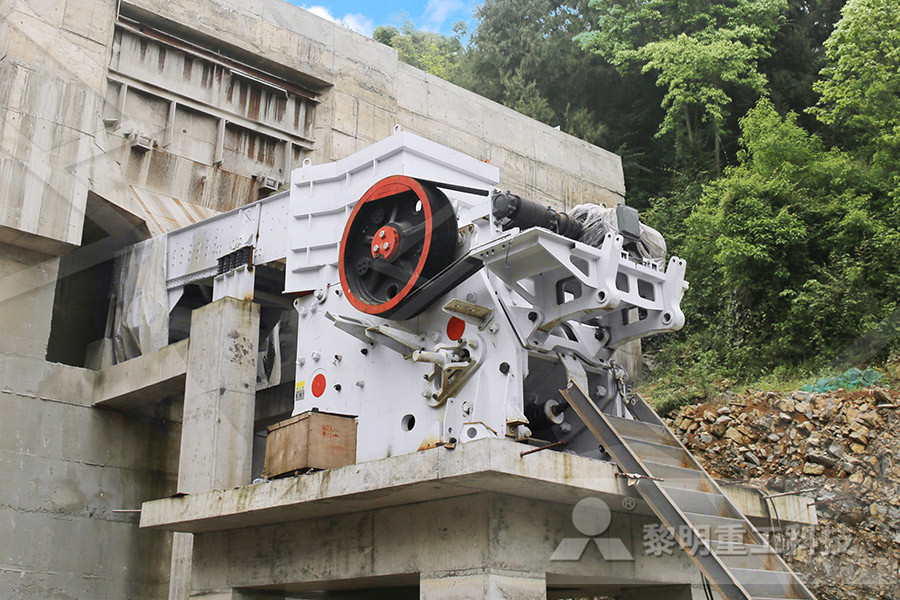
Carbon taxes – which mined commodities will be the winners
13/07/2021 Carbon taxes at the AET2 and AET15 level will, if applied, drive out carbon from the supply side of the metals and mining industry However, the pace of reduction for the largest volume emitter, steel, will be determined by the development of hydrogenbased green steel processes The speed of introduction of these processes will in turn be driven by the Hint: We know that sulphide ore of less electropositive metals such as copper, mercury and lead etc can be reduced to oxide when heated in air, which later on reacts with remaining sulphide ore to give metals Carbon can be used as a reducing agent for metal oxides as carbon is more active than any transition metals Aluminum and iron are more electropositive metals than lead Which of the following metals can be reduced by carbon Oxide Ore The copperbearing solution is collected and pumped to the extraction plant where it is purified It progresses through a number of steps that combine an organic solvent or sulfuric acid to the solution until the copper concentration is high enough for effective electroplating Refining Sulfide Ores After smelting, the 99% copper rich material is poured into molds as Copper production environmental impact Greenspec
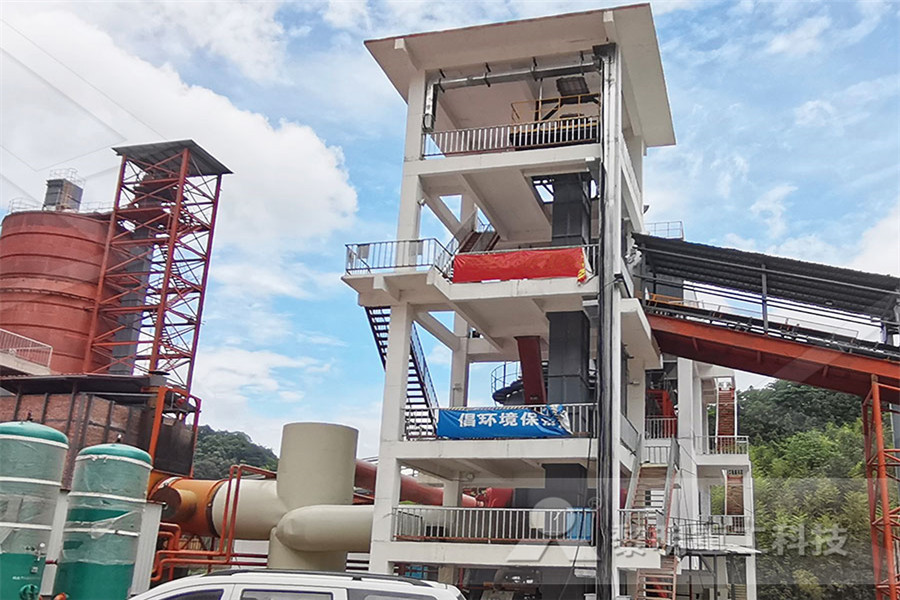
From CO2 to Ethylene — UCLA and Caltech Researchers
16/09/2020 Using copper to kick start the carbon dioxide (CO 2) reduction into ethylene reaction (C 2 H 4) has suffered two strikes against it First, the initial chemical reaction also produced hydrogen and methane — both undesirable in industrial production Second, previous attempts that resulted in ethylene production did not last long, with conversion efficiency tailing The copper is precipitated from solution by reduction with hydrogen under pressure In one process, for example, reduction is accomplished in an autoclave at 225280F (107138C) in one hour under a partial pressure of hydrogen of 400 psig (total pressure 425 psig) with a thickening agent added to minimize plating and control the particle size During reduction, 9095% of the Industrial: Powder Metallurgy Production and PropertiesSmelting is a process of applying heat to ore in order to extract a base metal It is a form of extractive metallurgyIt is used to extract many metals from their ores, including silver, iron, copper, and other base metalsSmelting uses heat and a chemical reducing agent to decompose the ore, driving off other elements as gases or slag and leaving the metal base behindSmelting Wikipedia
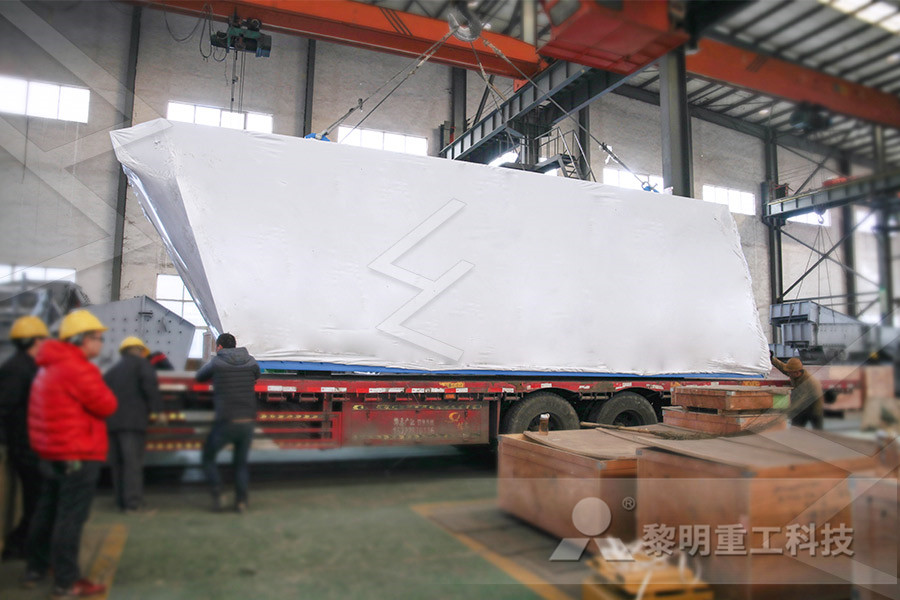
at Arslantepe, Eastern Anatolia JSTOR
lantepe's ore supply appears to have taken place, because from then on only copperiron ores, and slag relating to the smelting of such ores, have been found6 Concerning the possible source regions of the ores utilized at Arslantepe during the early periods, numerous surveys, directed by Alberto Palmieri, of ancient mining sites and









